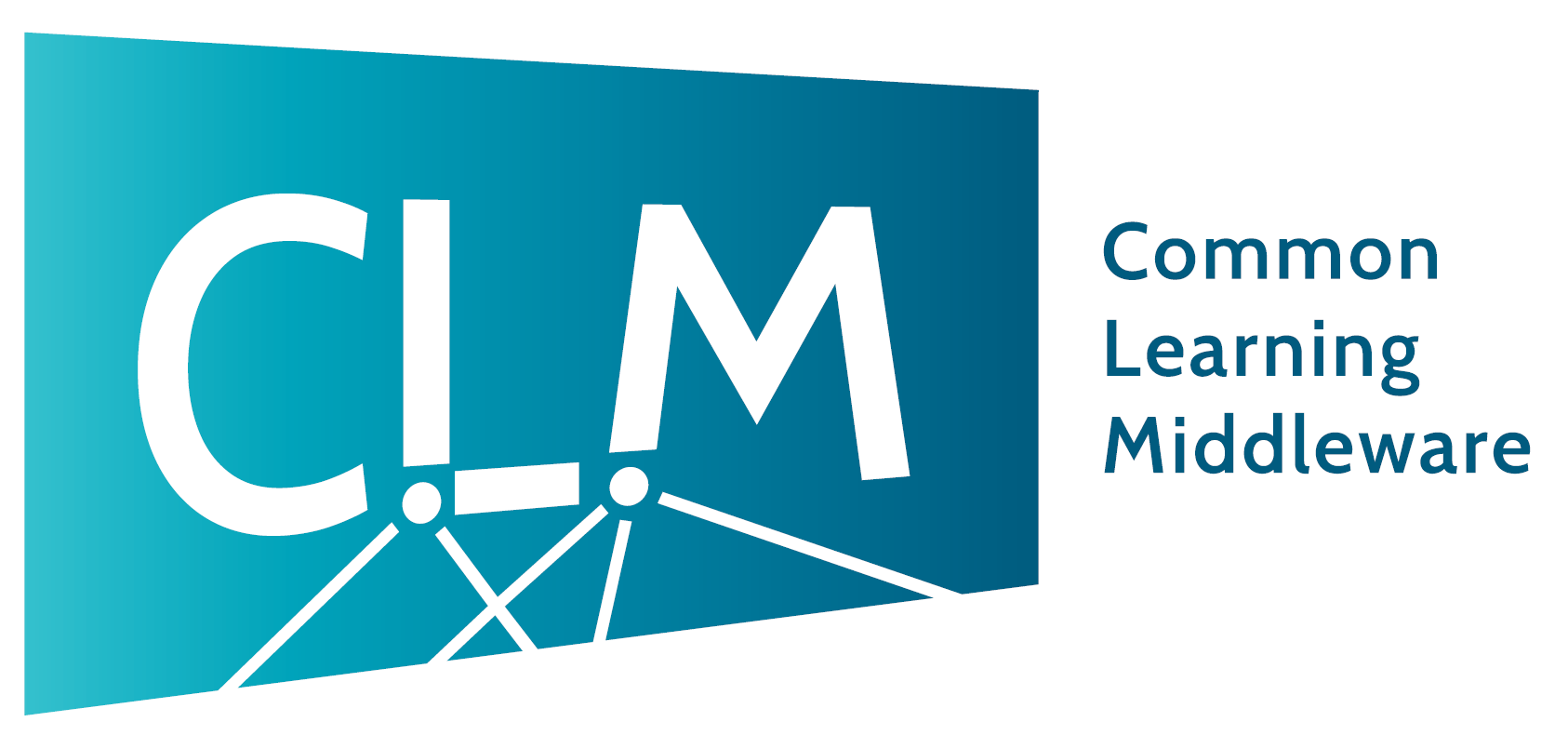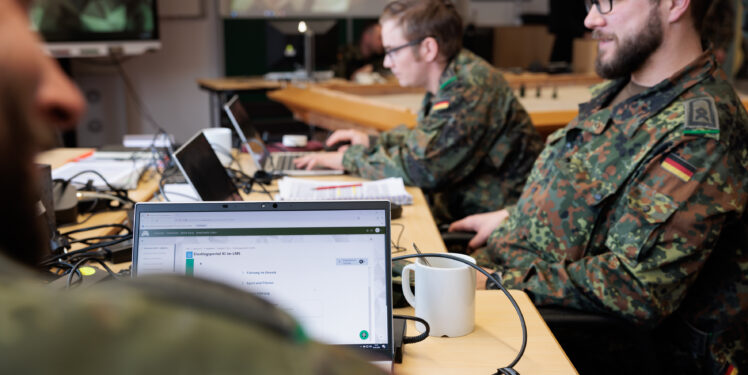(eng.: “Virtuelle Lernumgebung der Bundeswehr”, VLBw)
The German Armed Forces (Bundeswehr) is one of the largest employers in Germany and has around 130 training centers. It plays an important role in adult education and training. The diversity of training and continuing education opportunities, the varying requirements for roles and rights, and the guidelines for digital content and functions in open and closed networks are important issues in the implementation of the competency-based training (orig.: “Kompetenzorientierte Ausbildung”, KOA)1. The goal is to help learners acquire skills and competencies that they can apply in various situations. At the same time, trainers should be given the appropriate tools to support learners’ observable actions. To support the learning process in modern, digitized education, it is important to provide digital content and engaging services. This education requires accessible, collaborative, and flexible learning platforms that adapt to the individual needs of learners and instructors2. In addition, instructors must take additional didactic and methodological requirements into account. Support from artificial intelligence (AI) helps to optimize quality-assured offerings, provide targeted teaching support, and personalize the available self-learning phases, for example through learning analytics. These are further requirements for metadata in the provision of modern digital content and functions3.
The aim of the German Armed Forces VLBw is to create a comprehensive learning ecosystem for all training facilities and digital functions. Existing isolated solutions and the pilot system will be transferred and all digital training activities will be bundled on a single, central platform based on the pCloudBw.
The future VLBw should enable this digital content to be available anytime, anywhere, and on various end devices. Among other things, this promotes hybrid learning, formal and informal learning, and the development of digital skills. Thanks to minimum requirements for educational metadata, guidelines for recording learning experiences, and consistent support for interoperable standards and specifications, the VLBw can be easily expanded with (future) AI functions and new offerings, thereby empowering educators to practice according to the principle of “freedom of teaching.”
Aims and challenges of the VLBw
The aim of “collaborative platforms [tools] and services for improving digital collaboration“4 (translated from German) poses particular challenges for the implementation of the VLBw. This is because the architecture of the VLBw must be designed accordingly. It must be possible to integrate different modular environments, take into account different classifications of data sensitivity and organizational guidelines, and ensure that different end devices are compatible with the platform. In addition, there are a large number of active users, which requires scalability and stability of the technical system. In addition, role and rights management must play a central role, but digitized enrollment in digital content, functions, and training must also be considered.
CLM in the VLBw
We are delighted that our Fraunhofer team is empowered to support the development of this solution. Our Fraunhofer Common Learning Middleware (CLM) is being used within the VLBw to meet several requirements at once.
With the support of various service providers (tool, LTI, and LOM providers), we can ensure an interoperable learning infrastructure. A service provider delivers functional elements such as digital learning content or AI functions that comply with current specifications and standards. The data flows between these functional elements are also orchestrated via the CLM, and a user interface is provided for simplification. The strict guidelines for cross-network data flows are also taken into account.
The ability to register and orchestrate different service providers enables us to implement the requirements for different, modular digital learning experiences within the VLBw. Role and rights management, i.e., who is allowed to access which services in which roles, can also be controlled via the CLM. Of course, single sign-on (SSO) is also guaranteed, which is a particular challenge given the various networks and identity providers used by the VLBw. The organization of learner registrations for training courses can also be automated via the CLM.
A CLM instance is used for the local learning environment for each network within the VLBw, from open offerings to digital enclaves. Networking these learning environments into a technological ecosystem (federated network) for the German Armed Forces was one of the most exciting challenges. In addition to the functions already implemented, we still have other interesting tasks ahead of us, which we will tackle through modules and extensions to the CLM, also in cooperation with other projects56 . We are particularly pleased to have been supporting our partners (especially BWI GmbH and TriCat GmbH) in the implementation and introduction of the VLBw since 2022.
(Translated from the original German text: https://clm.fraunhofer.de/vlbw)
© Header image taken by Philipp Plum
- https://www.bmvg.de/de/aktuelles/agenda-ausbildung-zwischenbilanz-1710944 ↩︎
- https://www.bundeswehr.de/resource/blob/5639114/5d592285391c0ea6e30322411eeb1ec3/ausgabe-1-bildungsreport-der-bundeswehr-data.pdf ↩︎
- https://kilms.fraunhofer.de/warum-ki-in-lernmanagement-systemen/ ↩︎
- https://portal.auf.bundeswehr.de/offen/#elearning ↩︎
- https://kilms.fraunhofer.de ↩︎
- https://www.unibw.de/ylab/aktuelles/stakeholder-kickoff-im-projekt-adaptvl-an-der-universitaet-der-bundeswehr-muenchen ↩︎

